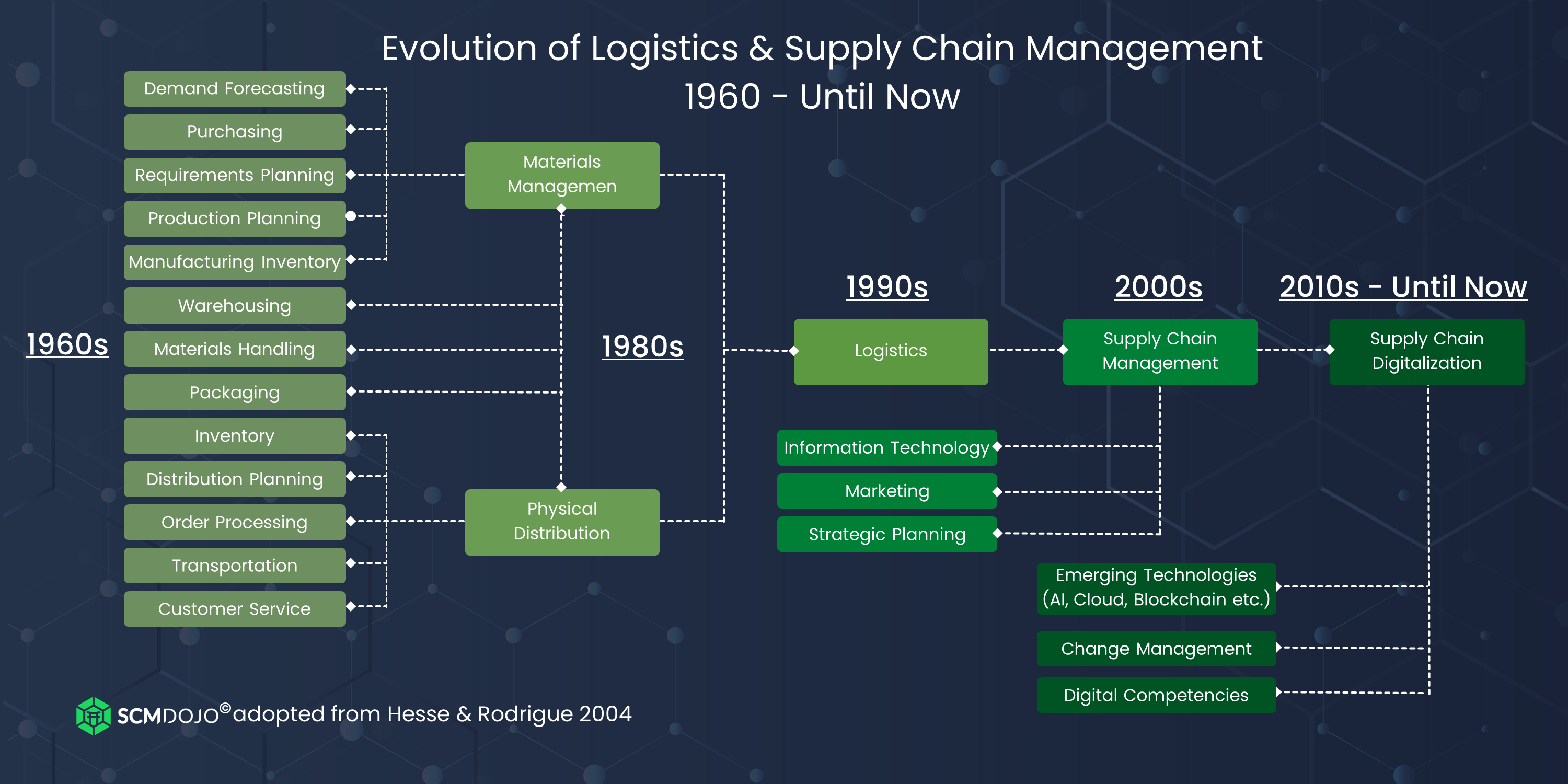Revamping Supply Chains for the Digital Era
In today’s fast-paced digital age, the world of supply chain management is undergoing a major transformation. With advancements in technology and the rise of e-commerce, businesses are finding new ways to revamp their supply chains to stay competitive and efficient.
Gone are the days of manual processes and paper trails. In the digital era, supply chains are becoming increasingly automated and interconnected. With the help of cutting-edge technologies such as artificial intelligence, Internet of Things (IoT), and blockchain, companies are streamlining their operations and gaining valuable insights into their supply chain processes.
One of the key aspects of revamping supply chains for the digital era is the use of data analytics. By collecting and analyzing data from various sources such as sensors, RFID tags, and GPS tracking devices, companies can gain real-time visibility into their supply chain activities. This allows them to make informed decisions, optimize routes, and better manage inventory levels.
Another important factor in the digital transformation of supply chains is the adoption of cloud-based software solutions. These platforms enable companies to collaborate with their suppliers, partners, and customers in real time, leading to improved communication and coordination. Cloud-based software also allows for greater flexibility and scalability, making it easier for businesses to adapt to changing market conditions.

Image Source: scmdojo.com
In addition to technology, the changing face of supply chain management in the digital age also involves a shift in mindset. Companies are now focusing on creating more sustainable and ethical supply chains, with an emphasis on transparency and social responsibility. This includes ensuring fair labor practices, reducing carbon emissions, and minimizing waste throughout the supply chain.
Furthermore, the rise of e-commerce has led to a greater emphasis on speed and agility in supply chain management. With consumers expecting faster delivery times and more personalized experiences, companies are rethinking their logistics strategies to meet these demands. This has led to the rise of new delivery models such as same-day delivery, drone delivery, and autonomous vehicles.
Overall, the digital era presents both challenges and opportunities for supply chain management. While the complexity and pace of change may seem daunting, companies that are willing to embrace innovation and adapt to new technologies will ultimately thrive in this new landscape. By revamping their supply chains for the digital era, businesses can achieve greater efficiency, visibility, and sustainability, setting themselves up for success in the future.
Embracing Innovation in Logistics Solutions
In today’s fast-paced and digitally driven world, the face of supply chain management is constantly evolving. Businesses are constantly looking for ways to improve efficiency, reduce costs, and enhance customer satisfaction. One key aspect of this evolution is the embrace of innovation in logistics solutions.
Gone are the days of manual processes and paper-based tracking systems. With the advancement of technology, businesses are now able to streamline their logistics operations through the use of software, data analytics, and automation. This not only helps in increasing visibility and transparency across the supply chain but also allows for real-time monitoring and optimization of processes.
One of the most significant innovations in logistics solutions is the use of Internet of Things (IoT) devices. These devices are connected to the internet and can collect and transmit data in real-time. This allows businesses to track the movement of goods, monitor the condition of shipments, and even predict potential issues before they arise. By leveraging IoT devices, businesses can reduce the risk of delays, damages, and other logistical challenges.
Another game-changing innovation in logistics solutions is the use of blockchain technology. Blockchain is a decentralized and secure digital ledger that records transactions across a network of computers. In the supply chain industry, blockchain can be used to track the provenance of goods, verify the authenticity of products, and ensure compliance with regulations. This not only helps in reducing fraud and counterfeiting but also improves trust and transparency in the supply chain.
In addition to IoT devices and blockchain technology, businesses are also embracing other innovative solutions such as artificial intelligence (AI) and machine learning. These technologies can analyze vast amounts of data to identify patterns, trends, and anomalies in the supply chain. By using AI and machine learning algorithms, businesses can make more informed decisions, optimize routing and scheduling, and improve overall operational efficiency.
Furthermore, the rise of e-commerce and omni-channel retailing has also driven the need for innovative logistics solutions. With more consumers shopping online and expecting faster delivery times, businesses are under pressure to adapt to changing consumer demands. This has led to the development of new delivery models such as same-day delivery, click-and-collect, and drone delivery. By embracing these innovative logistics solutions, businesses can stay ahead of the competition and meet the growing expectations of their customers.
Overall, the changing face of supply chain management in the digital age is characterized by a shift towards innovation in logistics solutions. Businesses that embrace new technologies and adopt a forward-thinking approach to logistics will be better positioned to succeed in today’s rapidly evolving marketplace. As we continue to witness technological advancements in the field of supply chain management, it is clear that the future of logistics is bright and full of exciting possibilities.
The Evolution of Supply Chain Strategies in the E-Commerce Era